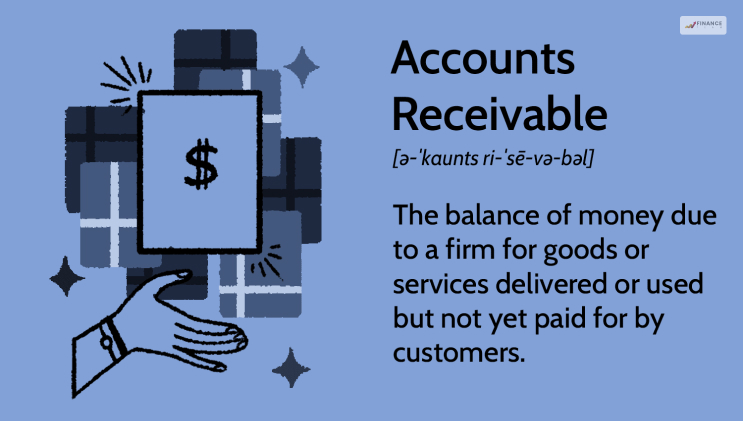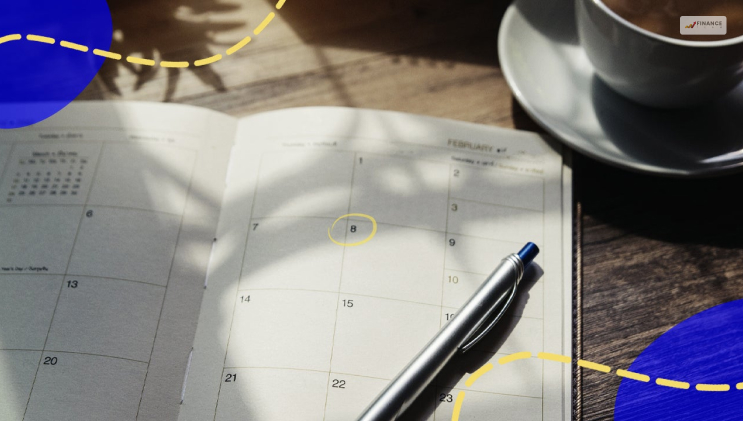How To Calculate Current Assets? – Let’s Explain

If you run a business, current assets will certainly not be foreign to you. And even if it is, I will be trying to answer the significant curiosities people have regarding current assets. We will also discuss how to calculate current assets.
What Is A Current Asset?

It is an amalgamation of all the cash and liquidated investments that exist in a business. Current assets play a major role in any business as they are the key elements that help determine a business’s cash flow.
Major decisions, including debt payoff, operations, personnel, etc., are driven by a clear record of current assets. Hence, understanding how to calculate current assets will be beneficial for your personal help and a deciding factor for your business decisions.
Why Is It Important To Calculate Current Assets?

Financial stability is one of the key goals of any business. If a business is financially unstable, it will not be able to thrive in a cut-throat environment.
Knowing how much current assets are available in your business will help you determine how financially stable your company is over a short time frame.
Sufficient current assets help cover the short-term expenses, including operations and overhead, and protect the business from any unpredictable interruptions in income due to a change in demand or supply complications. Current assets are also the first insights that investors look for before investing in a company.
Types Of Current Assets
The first step to knowing how to compute current assets is to know what current assets you can find in a business and what roles they play in its cash flow.
In an operating current asset formula, direct cash is the most readily available form of current asset. Other forms of current assets include those items that can be easily liquidated within one year.
The following are the types of current assets that will help initially with your question, “How to calculate current assets?”
Cash And Cash Equivalents

All the physical cash in a business, checking and savings accounts, and the accounts payable checks are calculated as cash and cash equivalents. Although the items might not be under any restriction, that would inhibit their short-term liquidity.
Accounts Receivable

The billed invoices that are not yet paid are referred to as accounts receivables. These account for all the money that others owe to you for whatsoever reasons and are expected to pay back in the timespan of one year.
Inventory

Inventories are those products that a business may have in hand for purchase. It can also be the raw materials that can be converted into functional products that can liquefy themselves within one year.
Short Term Investments

Specific bonds or stocks that can liquidate comparatively quickly are termed short-term investments. Although, they can only be considered as current assets if they can be liquidated within a year.
Prepaid Expenses

Prepaid expenses like rent or insurance can be considered current assets. They sure can’t be converted into cash, but they can be deducted from each month’s owing.
Other Liquid Assets

Basic liquid assets that do not fit into the above-mentioned categories yet can be liquidated in a year fall under this category. A few US treasuries and money market funds can be examples of other liquid assets.
How To Calculate Current Assets?

Coming back to the question of the hour, how to calculate current assets?
Well, the formula of how to find current assets is not very complicated, and I will try to simplify it as much as possible with suitable examples.
As I’ve mentioned before, one of the key reasons for calculating current assets is to calculate the stability to justify if the business will be able to withstand any financial challenge or not.
Not just a challenge; current assets also contribute to knowing the abilities of a business to achieve its short-term business goals.
But how to calculate current assets? Here’s how:
Current Assets= Cash And Cash Equivalents + Inventory + Accounts Receivable + Short Term Investments + Prepaid Expenses +Other Liquid Assets
Example On How To Calculate Current Assets
Here is an example that will help you to understand the entire calculation of current assets better.
Harry’s Bakery, a small pastry shop, needs to calculate its current assets to assess its short-term financial health.
After reviewing, these were the following assets that they found in each category:
Available Cash: $2,000 is found in a business checking account, $10,000 undersaving, and $500 as trivial cash in the shop itself.
Accounts Receivable: While calculating, they found $2,000 of total unpaid invoices that stand outstanding from local retailers.
Inventory: At a given point, Harry’s Bakery only keeps $1,000 worth of inventory available. Alongside, they also keep ingredients worth $300 that are used to create products that are rapidly sold out.
Short-Term Investments: Being a small business, Harry’s Bakery has not yet gathered any short-term investments. Hence, the amount in this account remains $0.
Prepaid Expenses: Harry’s Bakery has a $1,200 worth of insurance policy for one year. Although it will not be liquidated, it helps in counteracting a portion of the expense and hence is considered a current asset.
Other Liquid Assets: Being a small and new business, Harry’s Bakery does not qualify for having other liquid assets. Hence the account here stays at $0.
After each of these figures is summed up, the current assets for Harry’s Bakery stand at a worth of $17,000.
This is an appealing amount for Harry’s Bakery, and they can henceforth use it to apply for credits or present a proposal to investors.
Wrapping Up
After going through the entire article on how to calculate current assets, you might be wondering how to find current assets on balance sheet. It is the easiest. The very first account that you will see on a balance sheet is known as the current assets. They are kept at the top because of the priority they hold in a business.
I have tried to provide every input on how to calculate current assets, along with other necessary data that you need to know regarding current assets.
If you still find it complicated for you to understand, you are always welcome to comment below, and I will be there to solve every complication that you have.
Read Also:










